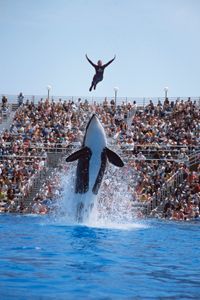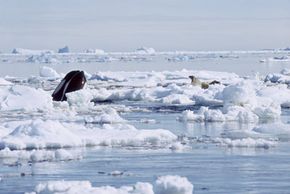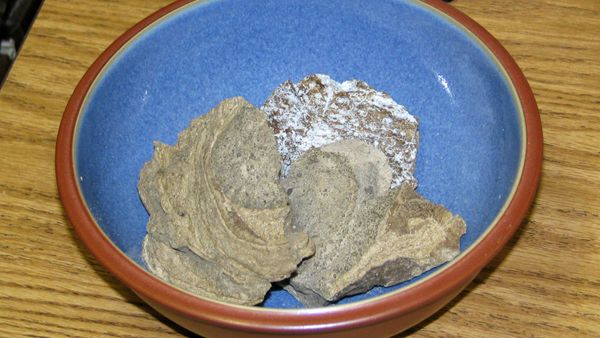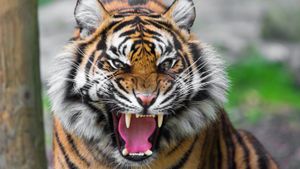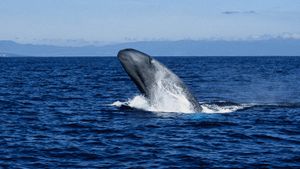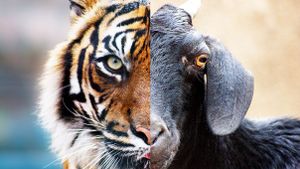For centuries, orcas have instilled fear in the hearts of mankind. In all their ferociousness, they've been dubbed wolves of the sea, whale killers, killing demons and fish tigers, to name a few [source: National Geographic, PBS]. Their scientific name, Orcinus orca, comes from the mythical Orcus -- the Roman god of death and the underworld, who was also known as a punisher [source: Britannica]. In North America, the indigenous Haida call them skana, which is a killer demon. The Aleut people call them polossatik, which means "feared one" [source: Roberts].
There are plenty of depictions of people-friendly orcas, such as the movie "Free Willy" and SeaWorld's Shamu. So what did the orca do to get this frightening name? If you've ever seen the 1970s movie "Orca, the Killer Whale" starring Richard Harris and Bo Derek, you may already have an idea. Similar to what "Jaws" did for sharks, this thriller poised orca as vindictive, bloodthirsty savages. Dead-set on hunting down the humans responsible for the death of his mate, an angry orca gobbles up each person, one by one. According to the movie, next to humans, orcas are the only animals that kill for revenge.
Advertisement
Even without rampaging quests for vengeance, orcas are memorable. It's hard to miss their distinctive black-and-white markings, especially the white, oval-shaped patch located near each eye. Pound for pound, a human is no match for a killer whale, since this big beast grows up to 32 feet long (9.75 meters) and 12,000 lbs. (5,443 kilograms). That's roughly 600 times the size of a grown . And, of course, isolated attacks by captive killer whales on their trainers make even the most apparently tame seem a little more dangerous.
So how does "Orca" measure up to real orcas' behavior? Is their reputation justified? Let's look a little closer at their nicknames and whether orcas live up to the name "killer whale."
Advertisement
